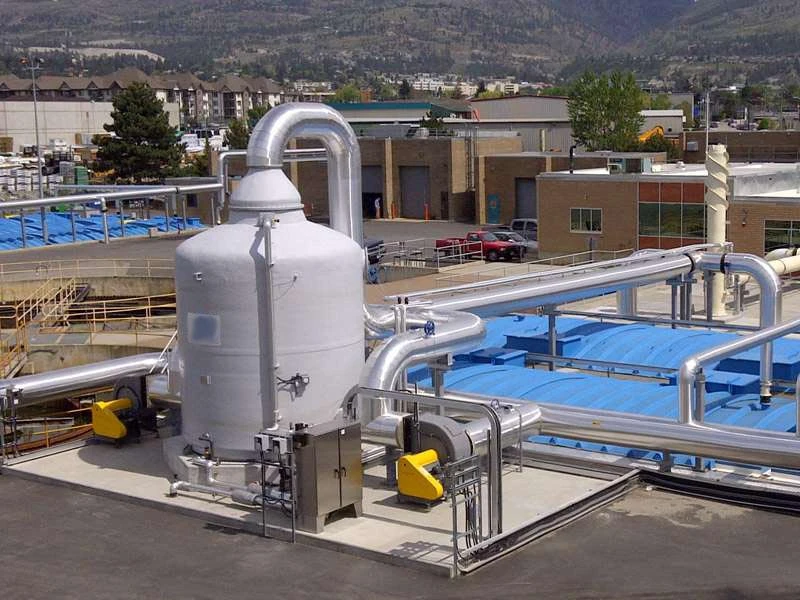
-
 Afrikaans
Afrikaans -
 Albanian
Albanian -
 Amharic
Amharic -
 Arabic
Arabic -
 Armenian
Armenian -
 Azerbaijani
Azerbaijani -
 Basque
Basque -
 Belarusian
Belarusian -
 Bengali
Bengali -
 Bosnian
Bosnian -
 Bulgarian
Bulgarian -
 Catalan
Catalan -
 Cebuano
Cebuano -
 China
China -
 China (Taiwan)
China (Taiwan) -
 Corsican
Corsican -
 Croatian
Croatian -
 Czech
Czech -
 Danish
Danish -
 Dutch
Dutch -
 English
English -
 Esperanto
Esperanto -
 Estonian
Estonian -
 Finnish
Finnish -
 French
French -
 Frisian
Frisian -
 Galician
Galician -
 Georgian
Georgian -
 German
German -
 Greek
Greek -
 Gujarati
Gujarati -
 Haitian Creole
Haitian Creole -
 hausa
hausa -
 hawaiian
hawaiian -
 Hebrew
Hebrew -
 Hindi
Hindi -
 Miao
Miao -
 Hungarian
Hungarian -
 Icelandic
Icelandic -
 igbo
igbo -
 Indonesian
Indonesian -
 irish
irish -
 Italian
Italian -
 Japanese
Japanese -
 Javanese
Javanese -
 Kannada
Kannada -
 kazakh
kazakh -
 Khmer
Khmer -
 Rwandese
Rwandese -
 Korean
Korean -
 Kurdish
Kurdish -
 Kyrgyz
Kyrgyz -
 Lao
Lao -
 Latin
Latin -
 Latvian
Latvian -
 Lithuanian
Lithuanian -
 Luxembourgish
Luxembourgish -
 Macedonian
Macedonian -
 Malgashi
Malgashi -
 Malay
Malay -
 Malayalam
Malayalam -
 Maltese
Maltese -
 Maori
Maori -
 Marathi
Marathi -
 Mongolian
Mongolian -
 Myanmar
Myanmar -
 Nepali
Nepali -
 Norwegian
Norwegian -
 Norwegian
Norwegian -
 Occitan
Occitan -
 Pashto
Pashto -
 Persian
Persian -
 Polish
Polish -
 Portuguese
Portuguese -
 Punjabi
Punjabi -
 Romanian
Romanian -
 Russian
Russian -
 Samoan
Samoan -
 Scottish Gaelic
Scottish Gaelic -
 Serbian
Serbian -
 Sesotho
Sesotho -
 Shona
Shona -
 Sindhi
Sindhi -
 Sinhala
Sinhala -
 Slovak
Slovak -
 Slovenian
Slovenian -
 Somali
Somali -
 Spanish
Spanish -
 Sundanese
Sundanese -
 Swahili
Swahili -
 Swedish
Swedish -
 Tagalog
Tagalog -
 Tajik
Tajik -
 Tamil
Tamil -
 Tatar
Tatar -
 Telugu
Telugu -
 Thai
Thai -
 Turkish
Turkish -
 Turkmen
Turkmen -
 Ukrainian
Ukrainian -
 Urdu
Urdu -
 Uighur
Uighur -
 Uzbek
Uzbek -
 Vietnamese
Vietnamese -
 Welsh
Welsh -
 Bantu
Bantu -
 Yiddish
Yiddish -
 Yoruba
Yoruba -
 Zulu
Zulu
Understanding FRP Flanges and Blinds for Enhanced Industrial Applications
The Importance of FRP Flanges and Blinds in Modern Engineering
Fiber Reinforced Polymer (FRP) has emerged as a critical material in modern engineering, particularly for applications requiring durability and resistance to corrosive elements. Among the various components made from FRP, flanges and blinds play a significant role in the efficient operation of piping systems, especially in industries such as chemical processing, wastewater treatment, and oil and gas.
The Importance of FRP Flanges and Blinds in Modern Engineering
The design of FRP flanges also accommodates various pressure ratings and temperature limits, ensuring that they meet the specific requirements of different applications. They are manufactured to comply with industry standards, which enhances their reliability and the confidence engineers have in their performance.
frp flange and blind

On the other hand, FRP blinds, commonly referred to as blind flanges, serve a vital role in isolating sections of the piping system. They prevent the flow of fluids in specific areas, which is crucial during maintenance or in cases of emergency shut-off. By securely sealing off sections of the pipeline, FRP blinds help maintain system integrity and safety.
The lightweight nature of FRP blinds makes them easier to handle compared to their metal counterparts. Their resistance to corrosion ensures that they will not degrade or become ineffective over time, providing assurance that they will perform as needed during critical operations.
Moreover, FRP flanges and blinds contribute to the sustainability aspect of modern engineering practices. As industries strive to reduce their environmental impact, the prolonged lifespan and reduced need for replacements associated with FRP components support sustainable practices.
In conclusion, FRP flanges and blinds are integral to the functionality and efficiency of modern piping systems. Their unique properties, including resistance to corrosion, lightweight nature, and long service life, offer significant advantages in various industries. As the demand for reliable and efficient engineering solutions continues to grow, the role of FRP components will undoubtedly become even more prominent in the years to come. Embracing these innovative materials is essential for engineering professionals aiming to meet the challenges of modern infrastructure while ensuring safety and sustainability in their projects.
Latest news
-
Exploring the Benefits of Top Hammer Drifter Rods for Enhanced Drilling PerformanceNewsJun.10,2025
-
High-Precision Fiberglass Winding Machine for GRP/FRP Pipe Production – Reliable & Efficient SolutionsNewsJun.10,2025
-
FRP Pipes & Fittings for Shipbuilding - Corrosion-Resistant & LightweightNewsJun.09,2025
-
Premium FRP Flooring Solutions Durable & Slip-ResistantNewsJun.09,2025
-
Premium Fiberglass Rectangular Tanks Durable & Lightweight SolutionNewsJun.09,2025
-
Tapered Drill String Design Guide Durable Performance & UsesNewsJun.09,2025









